RVing in National Parks
If you’re an outdoor enthusiast looking to explore America’s natural beauty, RVing in the National Parks is an excellent way to do it. With over 400 National Park sites across the country, you’re sure to find a destination that fits your interests and travel style.
RVing in the National Parks can be an unforgettable experience, but it’s important to be prepared. In this post, we’ll share some tips and tricks to help you plan and enjoy your trip to the fullest.
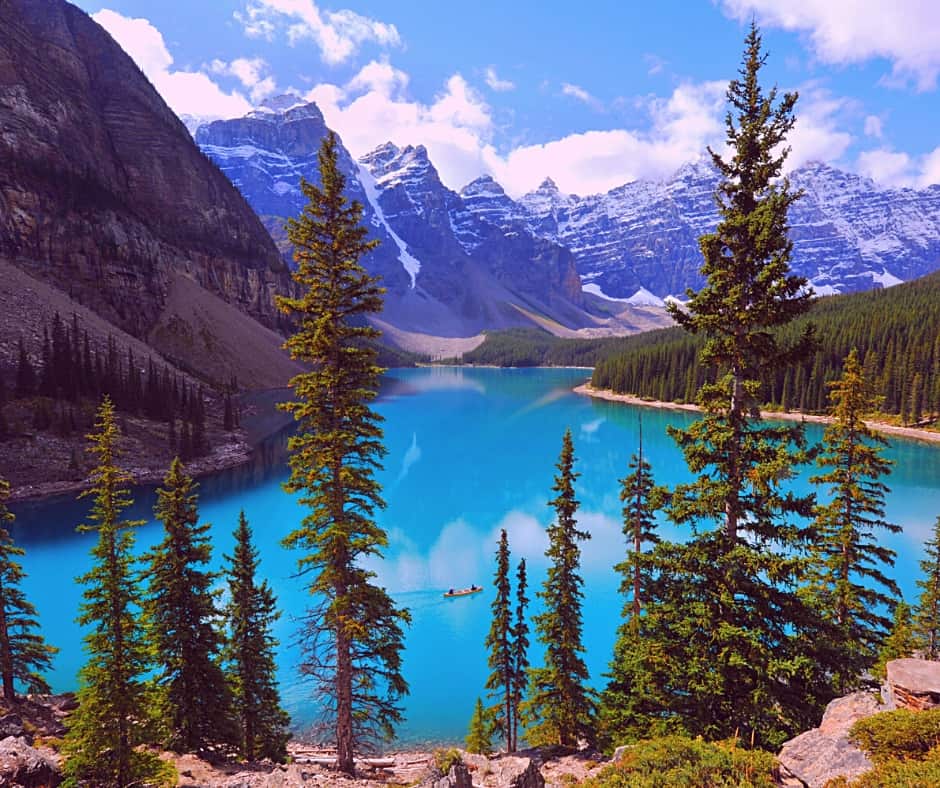
Plan Ahead
Before hitting the road, take the time to research your destination and plan your route. Some National Parks have limited RV accommodations, and reservations can fill up quickly during peak season. Booking your campsite in advance is essential to ensure you have a spot to park your RV and sleep.
Also, consider the distance and travel time between parks. Many National Parks are located in remote areas, so it’s important to plan for fuel, food, and other supplies.

Here are some important factors for planning ahead:
Research the Park: Before you head out on your RVing adventure, it’s important to research the National Park you plan to visit. Understand the park regulations, know what activities are available, and become familiar with any potential hazards or challenges. This will help you plan your trip accordingly and avoid any unexpected surprises.
Make Reservations: National Park campsites fill up quickly, especially during peak travel seasons. Be sure to make reservations well in advance to secure your spot and avoid disappointment. You can make reservations online or by phone, and it’s always a good idea to double-check your reservation before you depart.
Choose the Right Time to Visit: National Parks can be busy during peak travel seasons, making it difficult to find campsites and enjoy the attractions. Consider visiting during the shoulder season, which is the period between peak and off-peak travel times, for a quieter and more enjoyable experience.
Plan Your Route: Plan your RVing route in advance to ensure that you don’t miss any must-see sights along the way. Use a map or GPS system to help you navigate and avoid getting lost. We use RV Trip Wizard to plan our adventures. Its a great tool with comprehensive campground coverage to plan any trip!
Pack Accordingly: Packing the right gear and supplies is essential for a successful RVing trip. As mentioned earlier, a comprehensive packing list can help ensure you don’t forget anything important. Be sure to pack for the specific National Park you’ll be visiting, including any unique weather or terrain considerations.
By planning ahead, you can help ensure that your National Park RVing trip is enjoyable, stress-free, and memorable. With a little research and preparation, you’ll be ready to hit the road and explore some of the most beautiful natural landscapes America has to offer.
Check Your RV's Size and Clearance
The size of your RV is a crucial factor to consider when planning your trip. National Parks have varying size restrictions, and some roads may not be suitable for larger RVs. Be sure to check the maximum RV size and clearance for your destination before hitting the road.
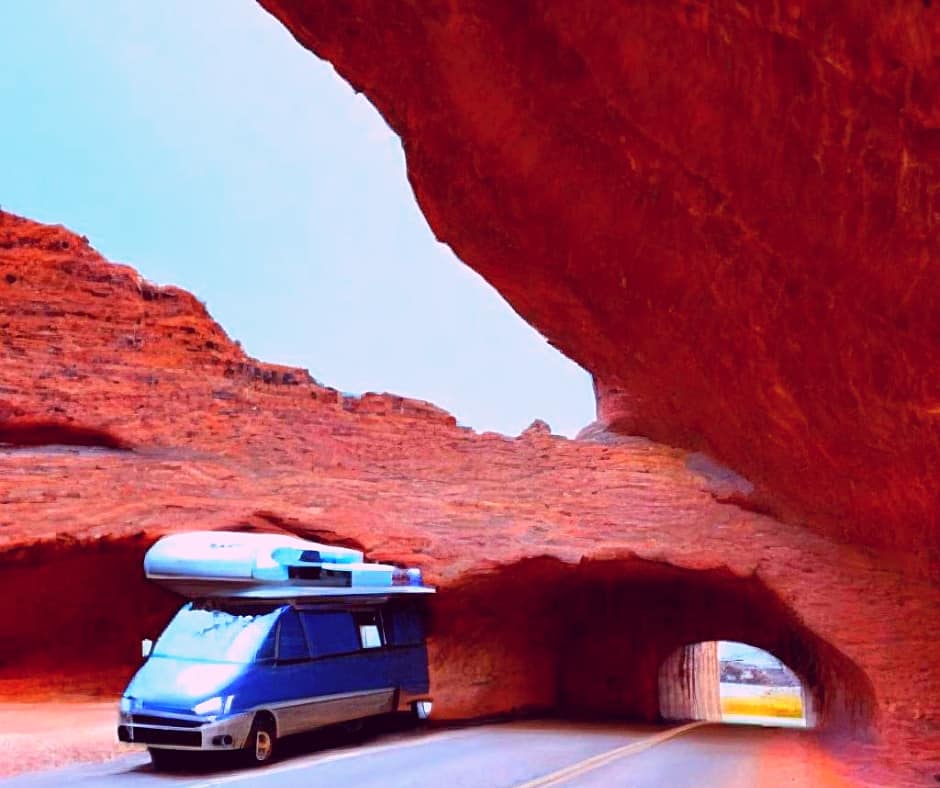
Here are some tips to help you check your RV's size and clearance:
Measure your RV: First, measure your RV from bumper to bumper and from the ground to the highest point on the roof. This will give you a good idea of the overall size of your RV and its height clearance.
Check the park’s website: Most national parks have a website with information about the park’s size and height restrictions. Check the website before your trip to see if your RV will be allowed in the park.
Contact the park: If you’re not sure about the size or height restrictions for a particular park, contact the park directly to ask. They will be able to give you more information about the park’s specific restrictions.
Use a GPS or mapping app: Many GPS devices and mapping apps have information about height and weight restrictions for roads and bridges. Use these tools to plan your route and avoid roads that may be too small or low for your RV.
Be prepared to adjust your plans: If you find that your RV is too large for a particular park or campground, be prepared to adjust your plans. There are many other parks and campgrounds to choose from, and it’s better to be safe than sorry when it comes to RV size and clearance.
By following these tips and checking your RV’s size and clearance before your trip, you can help ensure a safe and enjoyable RVing experience in national parks.
Pack for the Outdoors
When RVing in the National Parks, you’ll be spending most of your time outside, so it’s essential to pack accordingly. Bring comfortable clothes and shoes suitable for hiking, swimming, and other outdoor activities.
Don’t forget to pack essential items like sunscreen, bug spray, a first aid kit, and plenty of water. If you plan to cook, bring along a portable grill or camp stove, and don’t forget your favorite campfire snacks.
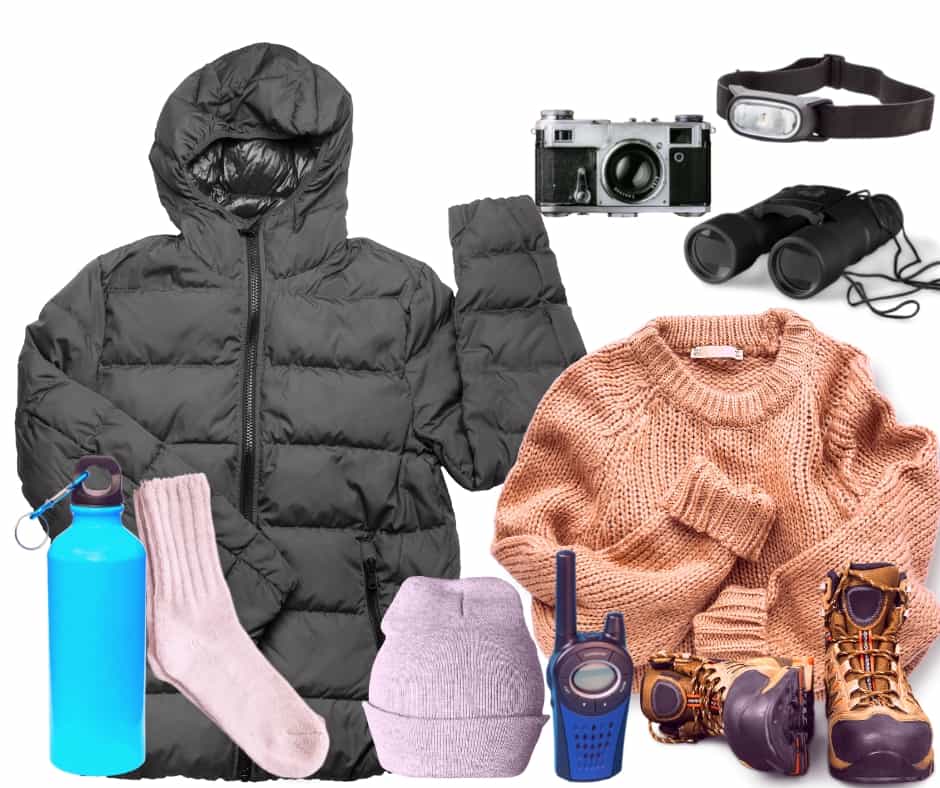
Here are some tips to help you pack for the outdoors:
Bring appropriate clothing: Be prepared for a range of weather conditions by bringing clothing that can be layered. This includes items like a rain jacket, warm layers, and comfortable, sturdy shoes. Don’t forget to pack hats and sunscreen to protect yourself from the sun.
Bring outdoor gear: National parks offer a range of outdoor activities, from hiking and biking to fishing and kayaking. Make sure you have the appropriate gear for the activities you plan to do. This includes items like hiking boots, a backpack, and a water bottle.
Pack for safety: It’s important to be prepared for emergencies when you’re in the outdoors. Make sure you bring a first-aid kit, a map and compass, and a whistle. Consider bringing bear spray or other wildlife deterrents if you’ll be camping in areas with bears or other large animals.
Pack for the environment: National parks are protected areas, and it’s important to minimize your impact on the environment. Bring reusable water bottles and food containers, and pack out all of your trash. Consider using biodegradable soap and toiletries to minimize your impact on the environment.
Bring entertainment: While national parks offer plenty of outdoor activities, it’s also important to have some indoor activities to enjoy during downtime. Bring books, games, or other forms of entertainment to keep you and your family occupied.
By following these tips and packing for the outdoors, you can help ensure a safe and enjoyable RVing experience in national parks. Remember to always be respectful of the environment and follow Leave No Trace principles to minimize your impact on the park.
Respect Nature
National Parks are home to some of the most beautiful and fragile ecosystems in the world. It’s essential to respect nature and leave the park in the same condition as you found it. Follow the Leave No Trace principles, which include disposing of waste properly, staying on designated trails, and avoiding disturbing wildlife.
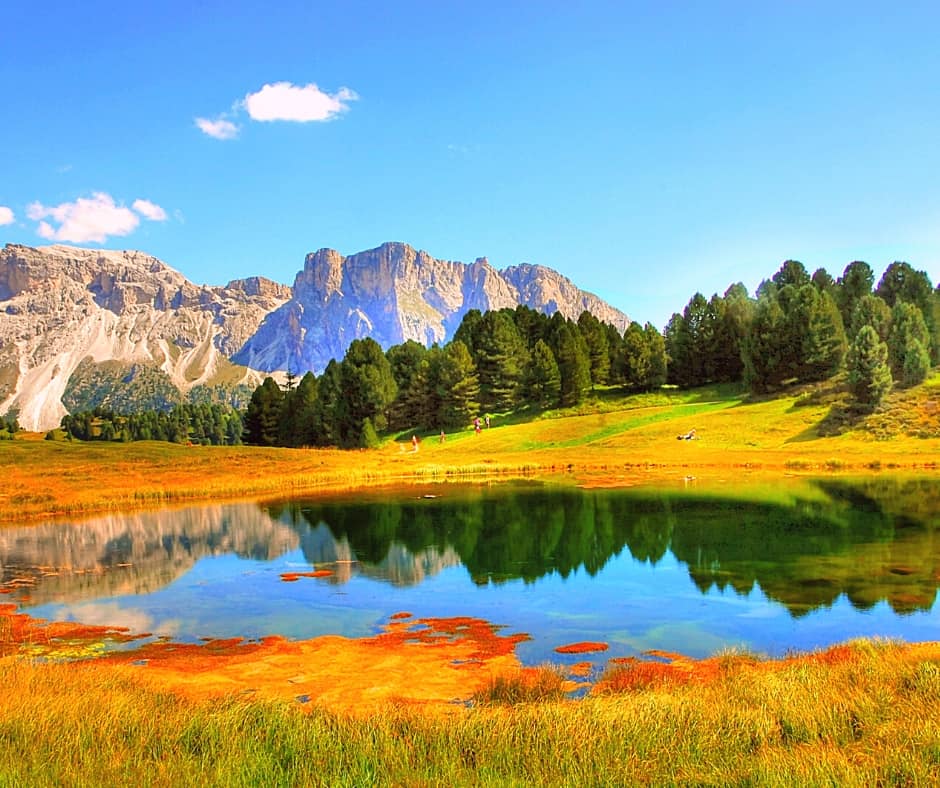
Here are some tips to help you respect nature during your RV trip:
Follow park rules and regulations: National parks have specific rules and regulations that visitors are expected to follow. These may include things like staying on designated trails, not feeding wildlife, and properly disposing of trash. Make sure to familiarize yourself with the park’s rules before your trip and follow them during your stay.
Leave no trace: One of the core principles of responsible outdoor recreation is to “leave no trace.” This means that you should take all of your trash and belongings with you when you leave, and avoid damaging or disturbing the natural environment. This includes things like not picking wildflowers, avoiding campfires in areas where they are not allowed, and properly disposing of human waste.
Respect wildlife: National parks are home to a wide range of wildlife species, from bears and elk to birds and insects. It’s important to respect these animals by keeping a safe distance and not approaching or feeding them. If you encounter wildlife during your trip, observe them from a safe distance and avoid disturbing them.
Be mindful of noise: National parks are peaceful retreats where visitors can enjoy the sounds of nature. Be mindful of noise during your stay by avoiding loud music, conversations, or other disturbances that can disrupt the natural environment.
By respecting nature during your RV trip, you can help preserve the natural beauty of national parks for future generations to enjoy. Remember to always follow park rules and regulations, practice Leave No Trace principles, and be respectful of wildlife and other visitors.
Get Off the Beaten Path
One of the best things about RVing in national parks is that there are so many opportunities to get off the beaten path and explore areas that are less visited by tourists. While it’s important to see the iconic sights and attractions that draw visitors from around the world, there is also a lot of beauty and adventure to be found in lesser-known areas of the park.
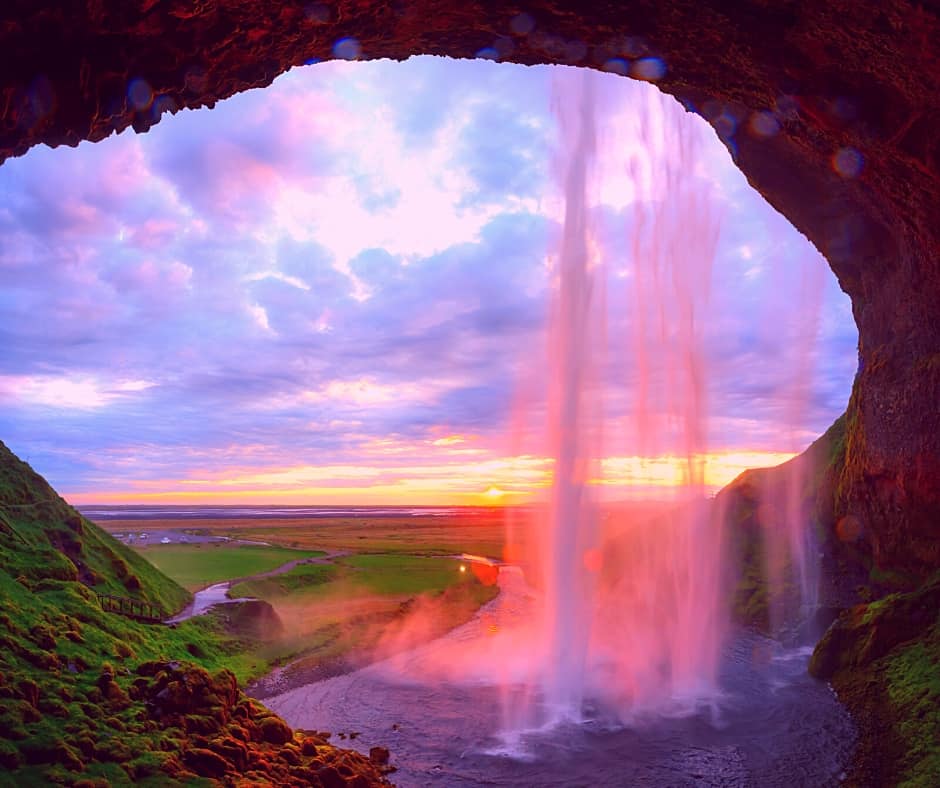
Here are some tips to help you get off the beaten path during your RV trip:
Talk to park rangers: Park rangers are a wealth of knowledge when it comes to the park’s lesser-known areas and hidden gems. Stop by the visitor center or ranger station and ask for recommendations on less-visited trails, scenic overlooks, or other areas of interest.
Consider backcountry camping: If you’re looking for a truly immersive experience, consider backcountry camping. National parks offer a variety of backcountry camping options, ranging from primitive sites to fully-equipped backcountry cabins. This is a great way to get away from the crowds and experience the park’s wilderness areas up close.
Take a scenic drive: Many national parks offer scenic drives that take visitors through some of the park’s most beautiful and remote areas. These drives often have pullouts or overlooks where you can stop and take in the scenery. Consider taking a drive off the beaten path to explore the park’s hidden beauty.
Go on a guided tour: Many national parks offer guided tours that take visitors to less-visited areas of the park. These tours are led by knowledgeable guides who can provide insights into the park’s history, geology, and wildlife. Consider signing up for a guided tour to see a different side of the park.
By getting off the beaten path during your RV trip, you can experience the natural beauty and adventure of national parks in a unique and memorable way. Whether you’re exploring backcountry trails, taking a scenic drive, or going on a guided tour, there are plenty of opportunities to discover the hidden gems of these incredible parks.
Be Flexible
Even with the best planning, unexpected things can happen. Weather conditions, park closures, and road construction can all impact your trip. Be flexible and have a backup plan in case your original itinerary doesn’t work out.

Here are some tips for staying flexible during your trip:
Have a backup plan: While it’s important to have a rough itinerary in place for your RV trip, it’s also a good idea to have a backup plan in case things don’t go as planned. This could mean having a list of alternative activities or destinations to visit if your original plans fall through.
Be prepared for weather: Weather can be unpredictable in national parks, so it’s important to be prepared for a range of conditions. Pack clothing and gear for a variety of weather scenarios, and be ready to adjust your plans if necessary based on weather conditions.
Be open to new experiences: One of the great things about RVing in national parks is the opportunity to try new things and have new experiences. Be open to trying new activities, exploring new areas of the park, and meeting new people. You never know what you might discover!
Don’t overplan: While it’s important to have a rough itinerary in place for your trip, it’s also important to leave room for spontaneity and unexpected discoveries. Don’t overplan your trip to the point where you’re rushing from one activity to the next. Take time to enjoy the park at a leisurely pace and be open to taking detours and exploring unexpected opportunities.
By staying flexible during your RV trip, you can ensure that you have a fun and memorable experience. Whether you’re adjusting your plans based on weather conditions, trying new activities, or simply taking time to explore and enjoy the park at your own pace, being flexible can help you make the most of your time in these incredible natural wonders.
Conclusion
RVing in the National Parks is an excellent way to explore America’s natural beauty and create unforgettable memories. By following these tips and tricks, you’ll be well prepared to make the most of your trip. Happy RVing!
Related Blogs

RVing in National Parks
RVing in National Parks If you’re an outdoor enthusiast looking to explore America’s natural beauty, RVing in the National Parks is an excellent way to
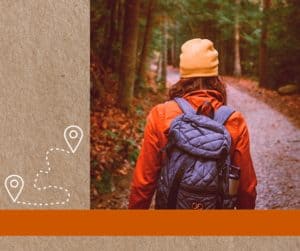
Best Hikes For Every Level
Best Hikes For Every Level Best Hikes For Every Level Are you a camper or full-time RVer looking for a way to stay active, we’ll

RV Office Space
RV Office Space Tips Setting up an RV office space may be just what you need to make that dream of Full Time RV living
